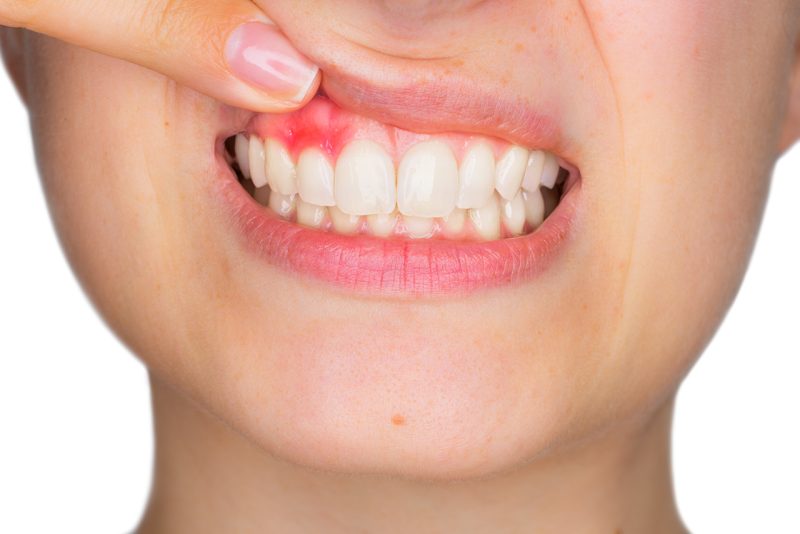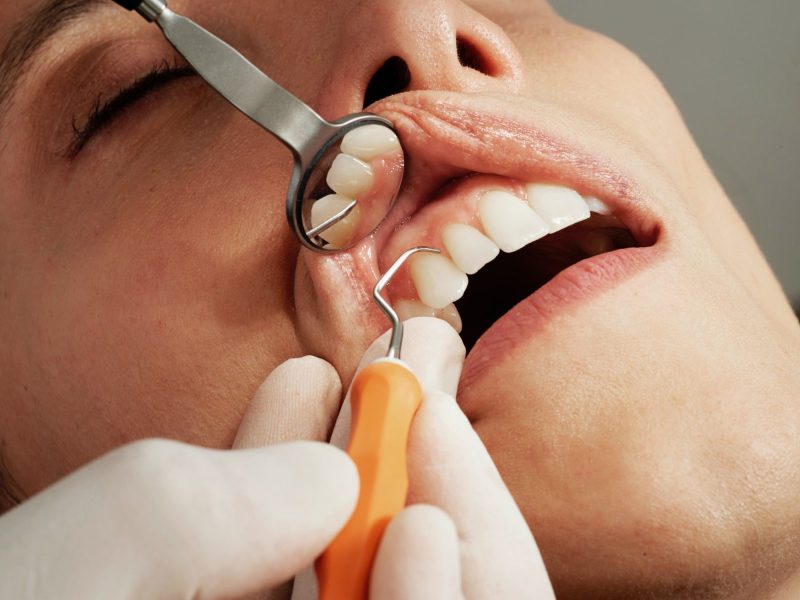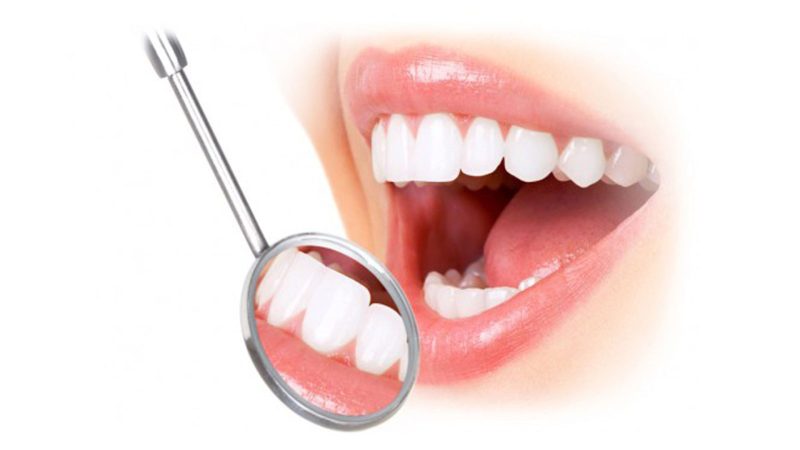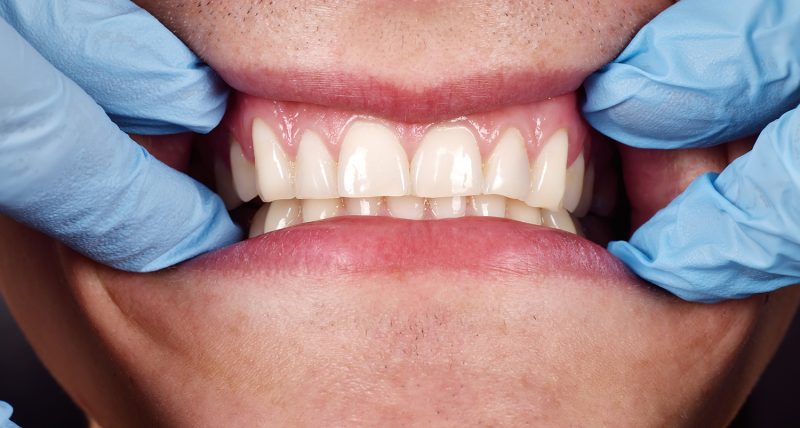Periodontal disease is a chronic inflammation of the tissues surrounding and supporting the teeth. Between the tooth and the gums lies the periodontal ligament, which is the connective tissue. These tissues provide support to the teeth and help with their function. When periodontal disease Campbell is present, these tissues become inflamed, which can lead to severe damage to the supporting structures of the teeth.
Below are the causes of periodontal disease, its three stages, and how it is treated:
What are the causes of periodontal disease?

Periodontal disease can be caused by various underlying factors, including smoking, diabetes, hormonal changes in women, stress, etc. If left untreated, it can result in tooth loss and often lead to worsening health conditions like heart disease and stroke.
In addition to the various symptoms you experience when sick, such as a fever or aches and pains, the periodontal disease shows itself through redness or swelling around your gums. You may also have bad breath and loose teeth. If you are experiencing any of these problems, it is important to schedule an appointment with your dentist as soon as possible. This way, they can diagnose the underlying cause and recommend treatment.
There are three stages of periodontal disease:
Stage 1-Gingivitis
In this stage, plaque builds up along the gum line. The buildup causes irritation, which leads to inflammation of the gums. Early stages of periodontal disease can be treated at home by brushing your teeth regularly, flossing daily, and seeing a dentist as soon as any signs appear.
Stage 2-Periodontitis

This second stage of periodontal disease can lead to tooth loss through bone destruction because it causes attachment loss and gingival recession around the teeth. This stage involves an excess number of quorum sensing molecules that cause increased cellular proliferation and inflammation in mesenchymal cells.
Stage 3-Advanced periodontitis
The third stage is characterized by tooth loss through bone destruction because it causes attachment loss and gingival recession around the teeth. It also affects other organs such as lungs and kidneys if left untreated because it may become systemic.
What is the best treatment for periodontal disease?

The best treatment for periodontal disease is prevention. You can avoid getting the disease through good oral hygiene habits. For example, you should brush your teeth twice a day with fluoride toothpaste. Also, floss once a day and eat a nutritious diet low in sugary foods. It is also crucial to have regular dental check-ups at least twice a year. These things help keep your mouth clean and healthy. Such habits will boost your immune system, making it strong enough to fight off any bacteria trying to invade. Prevention is better than cure especially at such a young age. So for parents and patients who are looking for dentists for their babies, we definitely recommend you to seek oral help from this pediatric dentist in Woodbridge, VA if you are within the area.
However, if you already have periodontal disease, you can be treated through gum surgery, alternatively known as scaling and root planing. During this procedure, the dentist or dental hygienist carefully scrapes off all of the tartar and plaque near the gum line while protecting your gums from trauma. This process removes any infection-causing microbes lurking in your mouth, reducing your risk of getting painful gum infections such as periodontitis. After scaling and root planing, you will be given recommendations on how to improve your oral hygiene habits so you do not get periodontal disease again.
Periodontal disease is a bacterial infection that causes destruction of the gums and can lead to more severe and chronic health problems. If you have not been to the dentist in a while, you should be evaluated for periodontal disease. This evaluation process helps identify any potential problems. And treating periodontal disease in the early stages helps maintain natural teeth for life. Talk to Ueno Center Dental Specialists for periodontal disease evaluation.


